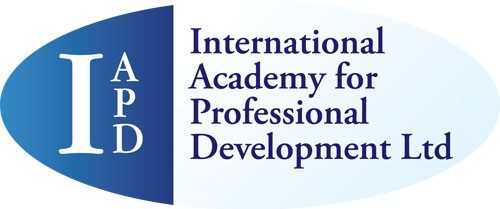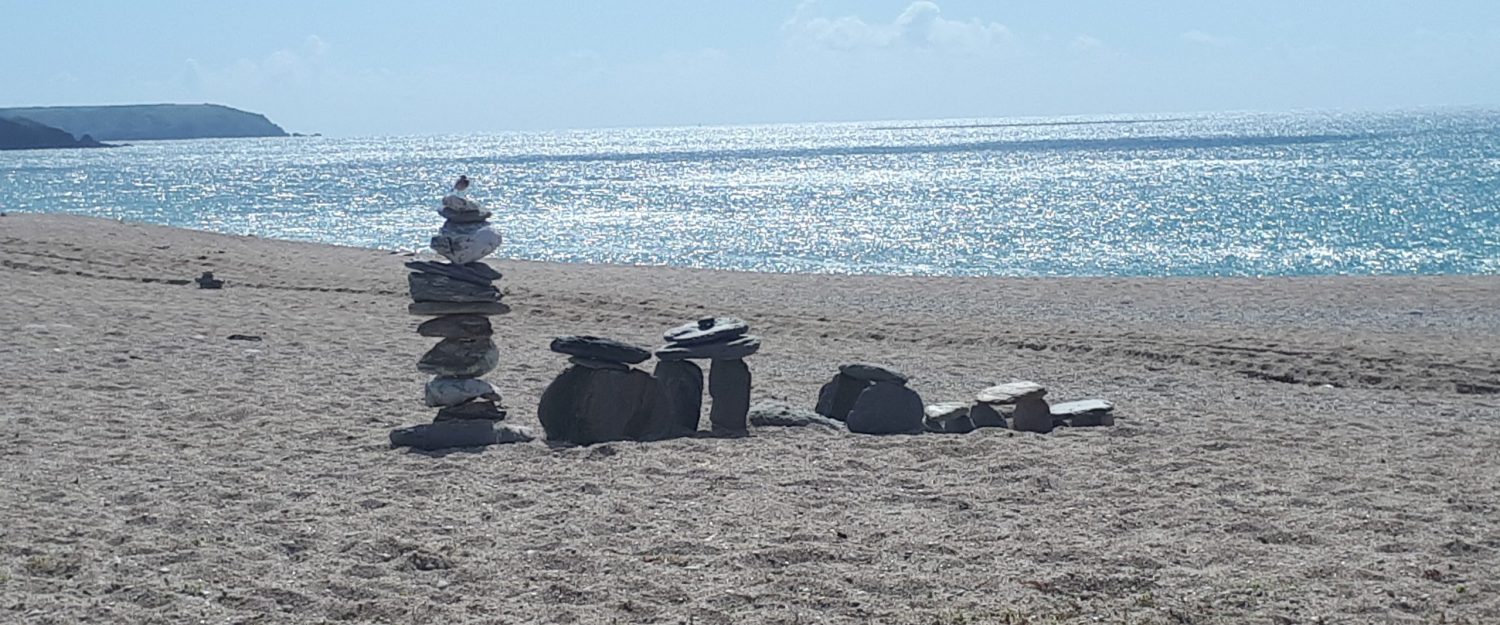Open Access Research Article: Effectiveness of relaxation techniques ‘as an active ingredient of psychological interventions’ to reduce distress, anxiety and depression in adolescents: a systematic review and meta-analysis
Citation: Hamdani, S.U., Zill-e-Huma, Zafar, S.W. et al. Effectiveness of relaxation techniques ‘as an active ingredient of psychological interventions’ to reduce distress, anxiety and depression in adolescents: a systematic review and meta-analysis. Int J Ment Health Syst 16, 31 (2022). https://doi.org/10.1186/s13033-022-00541-y
Abstract
Background
Adolescent depression and anxiety are among the leading contributors to health burden worldwide. ‘Relaxation Techniques (RTs)’ are a “set of strategies to improve physiological response to stress” and are frequently cited as an active ingredient of trans-diagnostic, psychosocial interventions for scaling-up care for preventing and treating these conditions in adolescents. However, there is a little evidence on the effectiveness of ‘relaxation techniques’ for this age group.
Aim
As a part of the Wellcome Trust’s Active Ingredients commission, we did a systematic review and meta-analysis to evaluate the effectiveness of RTs to reduce the symptoms of distress, anxiety and depression in young people, aged 14 to 24 years old, globally.
Methods
We searched 10 academic databases to include 65 Randomized Controlled Trials (RCTs) of relaxation-based interventions for young people with the symptoms of anxiety and depression. Primary outcomes were reduction in symptoms of distress, anxiety and/or depression. We employed the Cochrane risk of bias tool and GRADE (Grading of Recommendations, Assessment, Development and Evaluations) guidelines to assess certainty of outcomes pertaining to anxiety, depression and distress. Standardized mean difference was estimated using effect size.
Results
The analysis of 65 RCTs with 8009 young people showed that RTs were highly effective in treating anxiety (pooled effect size of (Standardized Mean Difference-SMD) − 0.54 (95% CI − 0.69 to − 0.40); moderately effective in reducing distress (SMD = − 0.48, 95% CI − 0.71 to − 0.24) and had only a weak effect on improving depression in young people (SMD = − 0.28 (95% CI − 0.40% to − 0.15). Face-to-face delivered relaxation techniques yielded higher effect size (SMD = − 0.47, 95% CI − 0.64 to − 0.30) compared to online delivery (SMD = − 0.22, 95% CI − 0.48 to 0.04) for anxiety.
Conclusion
Most of the included studies were from High Income Countries (HICs) and had a high risk of bias. Further high-quality studies with low risk of bias, especially from low resource settings are needed to evaluate the evidence for effectiveness of RTs as an active ingredient of psychological interventions to reduce the symptoms of distress, anxiety and depression in young people.
Open Access: This article is licensed under a Creative Commons Attribution 4.0 International License, which permits use, sharing, adaptation, distribution and reproduction in any medium or format, as long as you give appropriate credit to the original author(s) and the source, provide a link to the Creative Commons licence, and indicate if changes were made. To view a copy of this licence, visit http://creativecommons.org/licenses/by/4.0/.

